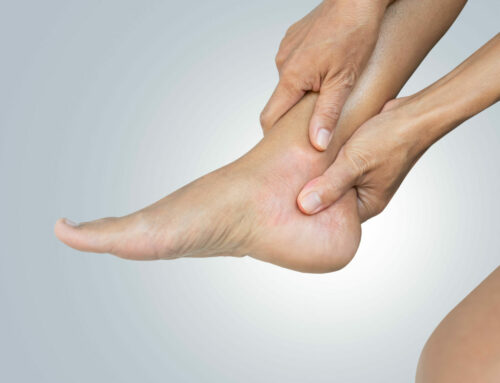Nerve pain in the lower extremities is one of the most debilitating musculoskeletal conditions one can develop.
Sciatica is a somewhat general term that refers to any condition in which the sciatic nerve, one of the nerves in the leg, is irritated. Most commonly, this issue includes buttock pain, back pain, and radiating pain down one or both of the lower extremities.
While this condition is no small issue, there are some tips and tricks which can help you deal with your symptoms and move past sciatica, once and for all.
Tip #1: Don’t Stop Exercising
After sustaining an injury, many people will abstain from exercising in an effort to avoid the pain. However, exercise can be a great way to maintain strength in the affected areas and to decrease pain.
That being said, you’ll likely need to experiment with different movements and seek help from a qualified professional in this area. Exercising improperly can lead to worse symptoms or a lack of improvement.
Tip #2: Be Careful When Walking
One of the hallmark signs of severe sciatica is a condition known as foot drop. Foot drop is an issue in which the muscles that pull the toes upward (dorsiflexors) no longer function or function at a much lower level. Additionally, these areas may have decreased sensation, so it can be difficult to sense where your foot is in space or to even feel it.
As a result, tripping and falling is a common issue with sciatica.
In order to avoid tripping and falling while the condition is being managed, patients will often employ one or more of the following strategies:
- A Steppage Gait Pattern.
Steppage gait patterns make use of the hip flexor muscles in order to clear the non-functioning foot from scraping on the ground when the person takes a step. Often, it looks as if the person is trying to step over something, much as they would when clearing a hurdle or navigating a big log if they were on a hike.
Steppage gait patterns can lead to wear and tear on joints of the lower body and decreased walking efficiency.
- A Vaulting Gait Pattern.
Vaulting is a gait deviation in which the patient rises up on the toes of his or her good leg as he or she swings the weak leg forward during walking. Much like the steppage gait pattern, this compensation allows the patient to clear the foot as it swings forward, decreasing the chances of it getting caught on the ground.
- Orthotic Use.
In some cases, patients may elect to use an orthotic known as an AFO (ankle-foot orthosis). This tool helps to keep the foot elevated during walking. AFOs can be used for short or long intervals. It all depends on when and if the patient is able to resolve his or her sciatica and foot drop symptoms.
Regardless of which temporary gait deviation or treatment the patient employs to avoid foot drop, it’s critical that the underlying issue be corrected as quickly as possible. The longer the sciatic nerve is irritated, the harder it is to resolve the symptoms in question.
Tip #3: See a Chiropractor ASAP
Research has shown that low back manipulations are an incredibly effective treatment for many types of low back pain, including sciatica. By correcting the alignment of the spine, chiropractors can often resolve the symptoms patients are experiencing within just a few short visits.
Are you suffering from sciatica or other nerve-related issues? If so, come see your local Lithia, FL. chiropractor today. The sooner you schedule your appointment with At Last Chiropractic, the sooner you can start feeling better. Book your appointment now!






